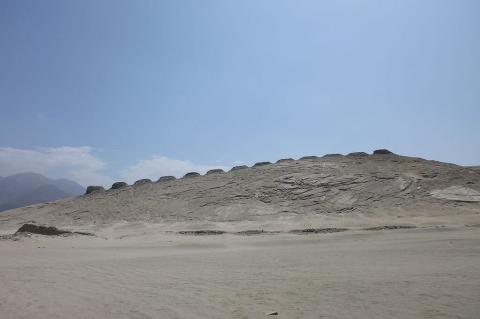Belize: Pre-Columbian Maya Ruins and Archaeological Sites
Some well-known and historically significant pre-Columbian Maya archaeological sites are found in Belize, considered part of the southern Maya lowlands of the Mesoamerican culture area. The sites found here were occupied until the arrival of the Spanish.











